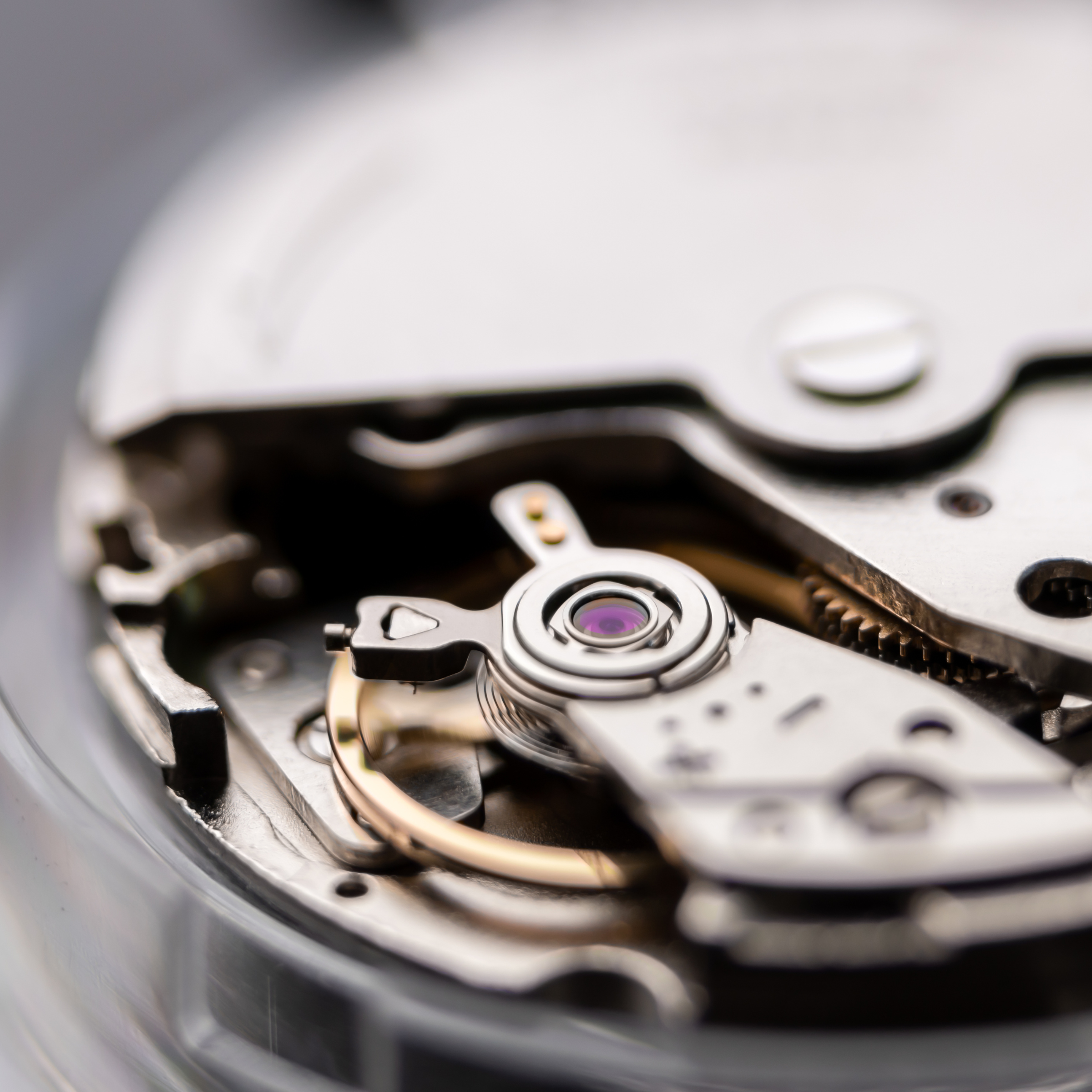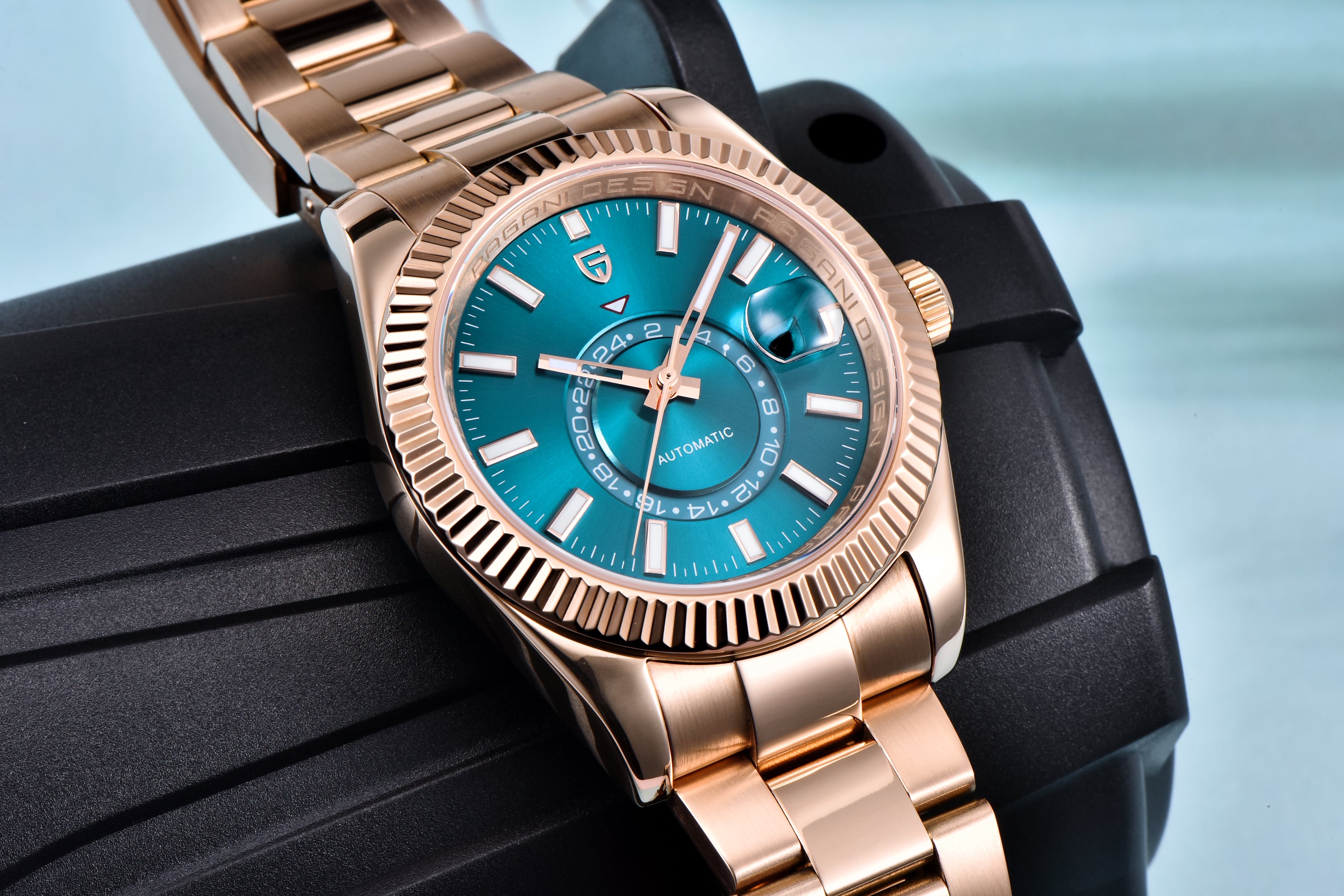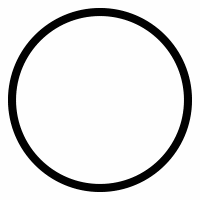Understanding the GMT Function in Watches
A Feature Made for Travelers
The GMT function is one of the most practical complications in modern watchmaking, especially for those who travel often.
It allows you to instantly check two or more time zones on a single dial — the local time where you are, and the time back home.

What Does GMT Mean?
GMT stands for Greenwich Mean Time, the reference time used when the world’s first standardized time system was created.
While the name suggests that your watch displays the exact time in Greenwich, its true purpose is to track multiple time zones simultaneously.
A GMT watch typically features an additional hour hand — often in a distinctive color like red — that rotates once every 24 hours.
Depending on the model, the 24-hour scale may be engraved on the bezel or printed on the dial, allowing you to read two different time zones at a glance.
How to Recognize a GMT Watch
You can usually spot a GMT watch by its extra hand.
This GMT hand points to a 24-hour scale, unlike the standard 12-hour format of a regular watch.
Some models display the scale on the bezel, others integrate it into the dial.
By combining both systems, you can easily distinguish between day and night hours in another part of the world.

How to Use the GMT Function
Most watches measure a 12-hour cycle, meaning the hour hand completes two full rotations per day.
A GMT watch, however, adds an independent 24-hour hand that makes a single full rotation every 24 hours.
This hand shows a second time zone — often your home time — while the regular hands show the local time.
Let’s look at an example.
Imagine you’re flying from Frankfurt to Sydney.
You can set the 12-hour hands to Sydney local time, the 24-hour GMT hand to your home time in Germany, and even use the rotating bezel to check the time in New York, if needed.
In just a few quick adjustments, your wristwatch now tracks three time zones simultaneously — perfect for travelers and professionals who work across continents.

The Origin of GMT Watches
Before the mid-19th century, every city had its own local time based on the position of the sun.
With the rise of railways and global navigation, this system became chaotic — Germany alone had over 30 local times.
In 1884, the world finally agreed to establish a global standard: the Greenwich Meridian in London became the “zero” point, and the Earth was divided into 24 time zones.
This system, known as Greenwich Mean Time (GMT), later evolved into UTC (Coordinated Universal Time) in the 1960s.
Watchmakers quickly adapted this innovation to their craft, creating the first GMT watches to help pilots and travelers read the time in different parts of the world simultaneously.
These watches soon became essential tools in aviation, navigation, and communications, and remain among the most admired horological designs today.
Why Choose a GMT Watch
Today, international travel and remote work make the GMT function more useful than ever.
With a single glance, you can see the time in multiple regions — whether for business calls, family abroad, or coordinating global teams.
More than a practical tool, a GMT watch represents a symbol of precision, exploration, and modern sophistication.
It’s not just about knowing the time — it’s about knowing your place in the world.







